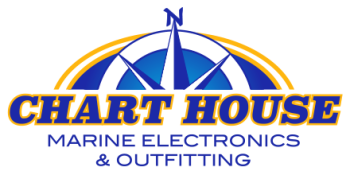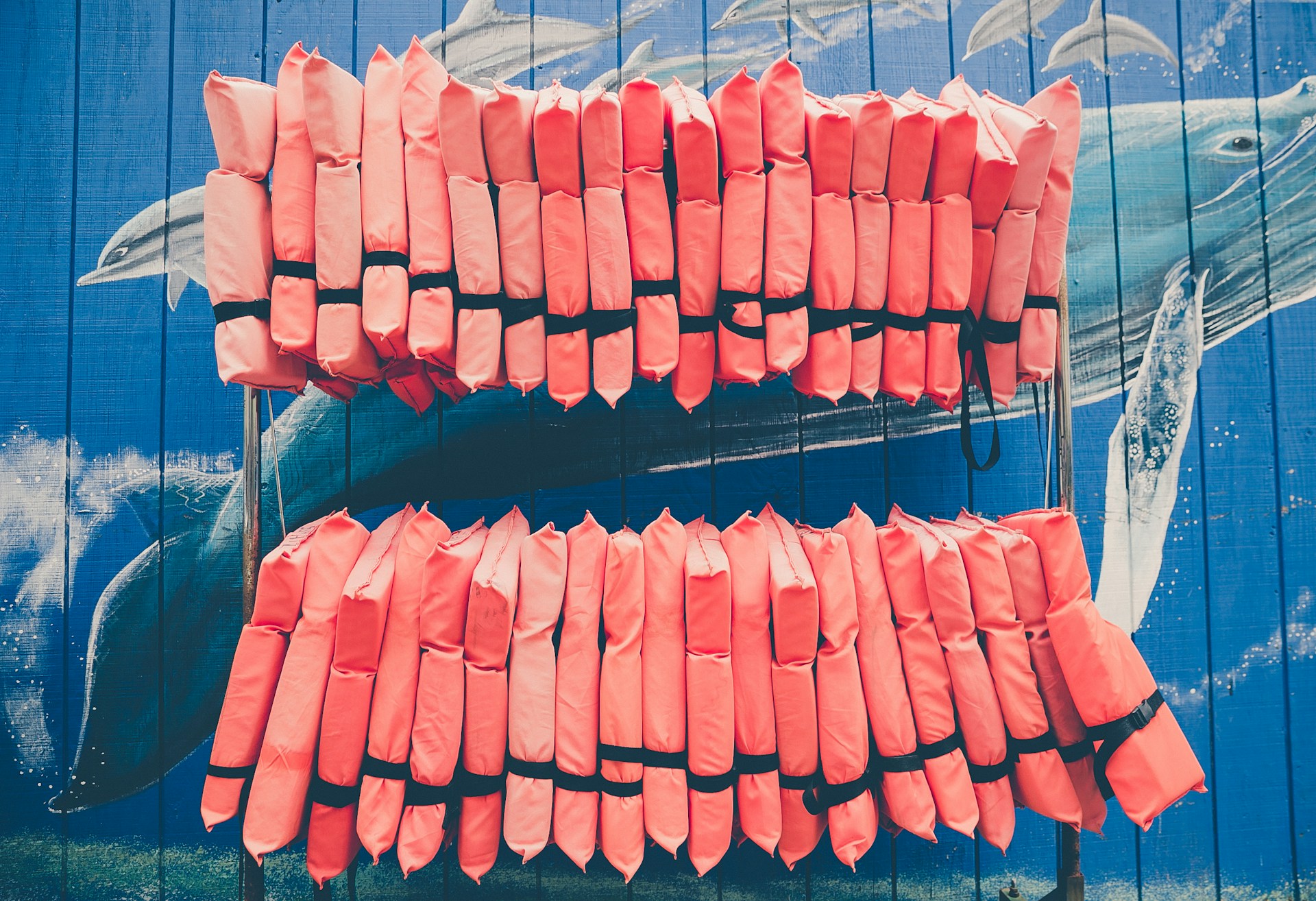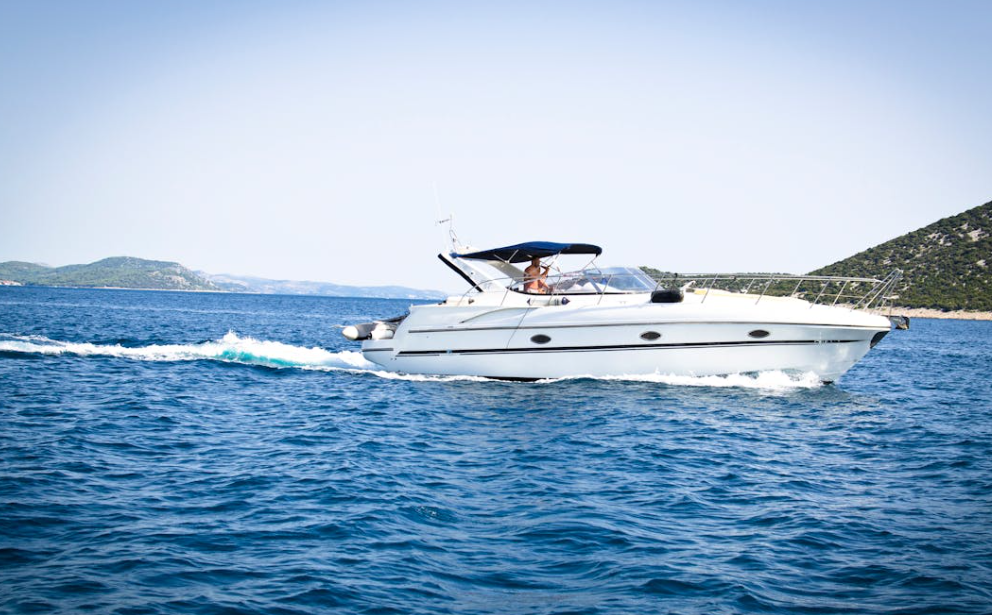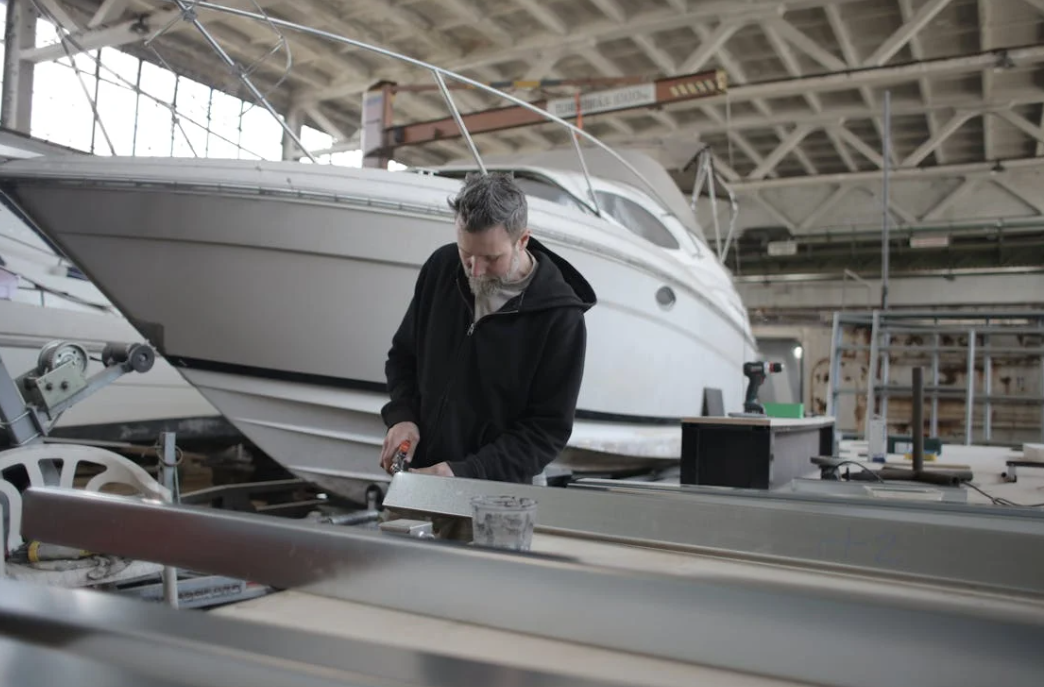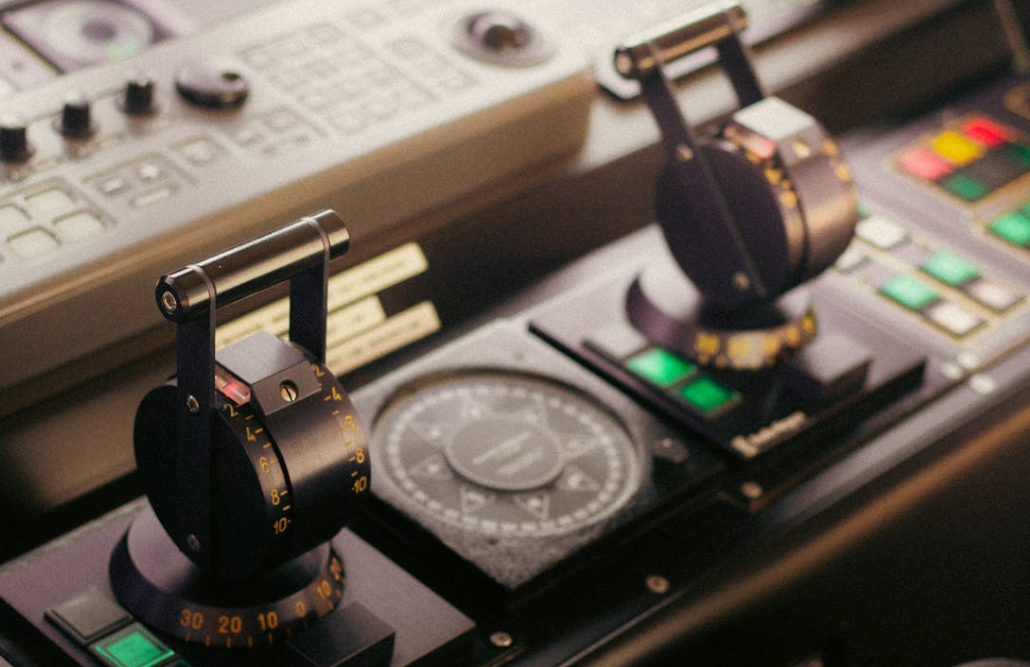Navigating the waters, whether for leisure or work, requires not just skill and knowledge but also a proactive approach towards safety. As we embrace the advancements of 2024, it remains our responsibility to ensure that every journey at sea is equipped with the essential safety tools designed to protect and aid us under any circumstances. Safety isn’t just a precaution; it’s a necessity that underpins the joy and freedom of boating.
In this comprehensive guide, we break down the critical pieces of safety gear that every boater should own. From life jackets that have evolved far beyond the bulky orange vests of the past to high-tech electronic devices that can signal for help thousands of miles away from shore, the right equipment can significantly elevate the safety of your marine adventures. Each piece of gear we discuss is a crucial layer in the fabric of maritime safety strategy, woven together to ensure that everyone aboard can enjoy their time on the water with the utmost confidence and security. Our list highlights the innovations in safety technology and the tried-and-true staples that have safeguarded mariners for decades.
Essential Safety Gear Every Boater Needs
Safety on the water is paramount, which is why equipping your vessel with the right gear is not just a recommendation—it’s a necessity. Every trip into the water, even a short one, needs to be approached with a safety-first mindset. We’ve curated a list of essential safety items that should be present on every boat. First, every vessel should be equipped with life jackets for all passengers, a throwable flotation device, a first aid kit, and waterproof flashlights. Additionally, it’s wise to carry a fire extinguisher, which should be easily accessible in case of emergencies. It’s also essential to have sound producing devices like a whistle or horn. These simple but critical items can be the difference between a minor mishap and a major emergency.
Understanding the specific requirements for safety gear based on boat size and type is also crucial. Larger boats have different safety requirements than smaller ones, particularly for offshore navigation which may require more comprehensive safety tools such as radar reflectors or emergency position-indicating radio beacons (EPIRBs). Equipping your boat appropriately not only complies with maritime laws but provides peace of mind, ensuring everyone on board feels secure no matter the situation.
Life Jackets and Personal Flotation Devices: Types and Tips
Selecting the right life jacket or personal flotation device (PFD) is critical for ensuring safety on the water. Life jackets aren’t one-size-fits-all; they come in various sizes and designs tailored to different water activities and body weights. For instance, PFDs for kayaking and wakeboarding are designed differently, providing flexibility and ease of movement needed for these specific activities. Similarly, those intended for offshore use are built with more buoyancy and often include features like lights and whistles to enhance visibility and audibility in open water.
When choosing life jackets, it is important to check for U.S. Coast Guard approval—this ensures that the device meets strict safety standards and is reliable in emergencies. For children, always select a PFD according to their current weight, not the weight you expect them to be in a few months. Additionally, regular inspection of life jackets for wear and tear is vital. Checking for rips, ensuring all straps are intact, and testing buoyancy periodically helps maintain their effectiveness. Remember, a correctly fitting life jacket should be snug, yet comfortable, and should not rise above the wearer’s ears when lifted at the shoulders. By following these guidelines, you can ensure that your safety gear functions as expected, keeping you and your passengers safe and secure while enjoying your maritime adventures.
Electronic Safety Devices for Emergency Situations
In today’s technological era, electronic safety devices are indispensable for any boating expedition. Devices like Emergency Position Indicating Radio Beacons (EPIRBs) and Personal Locator Beacons (PLBs) play a crucial role in emergency situations, enabling quick location by search and rescue services. An EPIRB is mounted on the boat and automatically activates on contact with water, sending a distress signal and providing GPS coordinates to rescue teams. In contrast, PLBs are portable and manually activated, suitable for personal use.
Another key device is the VHF radio equipped with Digital Selective Calling (DSC), which should be a staple aboard any vessel. Unlike traditional VHF radio, DSC-equipped radios can send automated distress signals along with your vessel’s data to the coast guard and other nearby boats equipped with DSC. It is imperative to ensure these devices are registered and properly set up with your vessel’s information to maximize their lifesaving potential. Having these systems in place offers reassurance that, even in the most adverse conditions, help can be summoned with the press of a button.
Regular Maintenance Checks: Ensuring Gear Readiness
Regular maintenance is essential for reliable operation of your boat’s safety gear. Routine checks should include inspection of life jackets, examination of all electronic devices, and verification of expiry dates on all flares and EPIRB batteries. It is vital to test communication equipment like VHF radios to ensure they are functional and the connection is clear. Similarly, navigation tools such as GPS and radar systems need regular updates and checks to guarantee accuracy.
Setting a scheduled maintenance routine helps prevent gear malfunction when it’s most needed. This includes storing devices in a dry, accessible area, keeping batteries charged, and replacing any item that isn’t in perfect working order. We also recommend professional servicing of complex devices like your boat’s navigation system, which can be the difference in avoiding potential emergencies at sea.
Conclusion
Ensuring that your safety gear is up to date and functioning properly is not just a precaution—it’s a crucial aspect of boat ownership. From essential flotation devices to advanced electronic safety tools, each piece of equipment plays a vital role in safeguarding you and your passengers. By investing in the right gear, conducting regular maintenance, and understanding the operation of crucial safety systems, you equip yourself to tackle any challenges you might encounter on the water.
At Charthouse Marine Electronics and Outfitters, we understand the importance of safety and are committed to helping you maintain and equip your boat with the highest quality marine electronics. Trust us to enhance your boating safety for peace of mind during every voyage. Contact our marine electronics company today and let us assist you in gearing up for a safe and enjoyable boating season.
